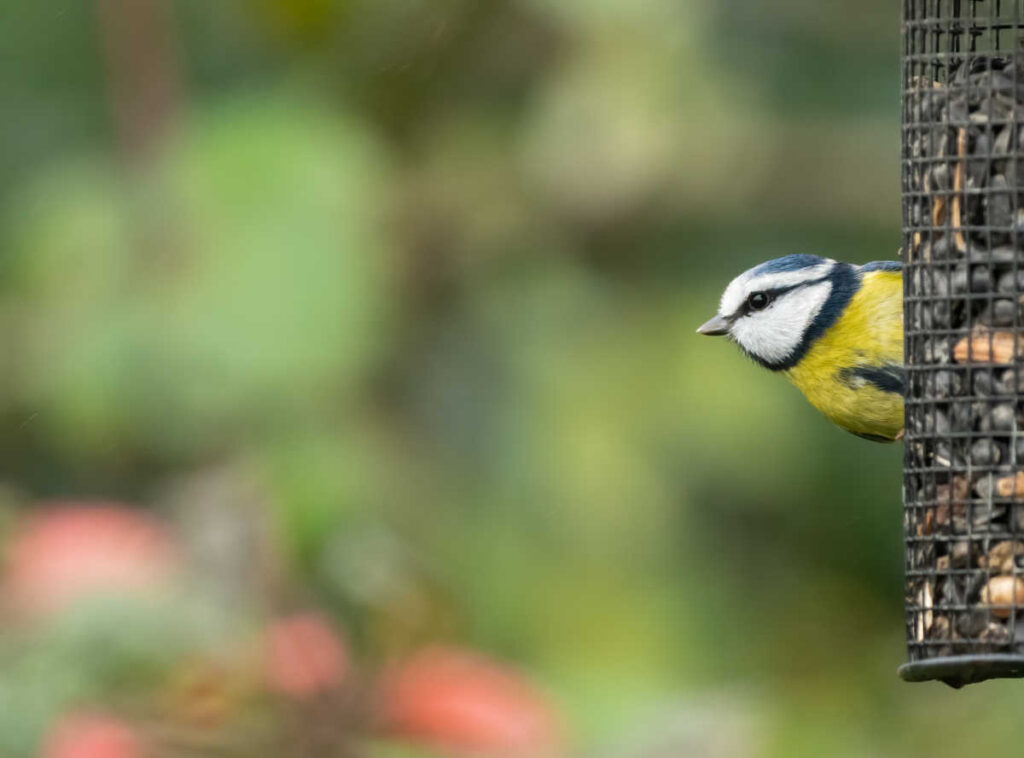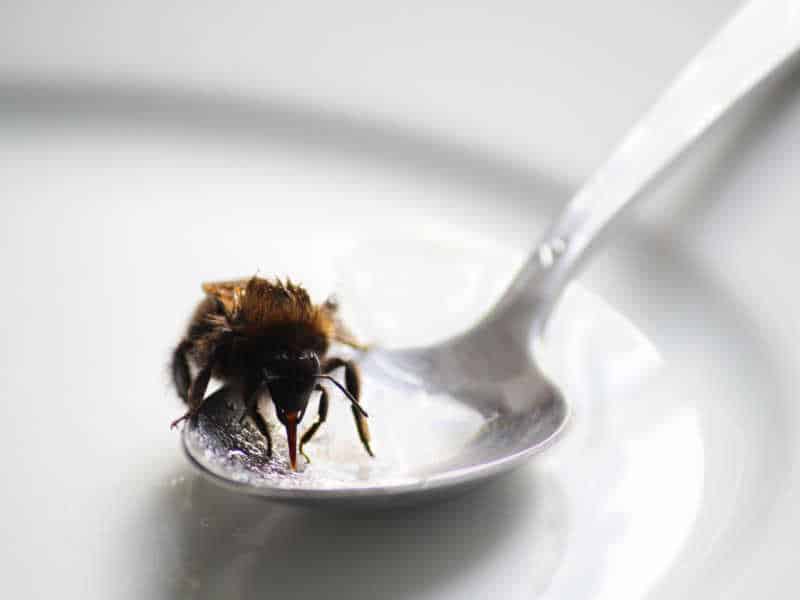Cranberry And Orange Infused Gin Recipe For Christmas
To support the running costs of Moral Fibres, this post contains affiliate links. This means Moral Fibres may earn a small commission, at no extra cost to readers, on items purchased through these links.
Let me show you how to make this delicious cranberry and orange-infused Christmas gin recipe. It’s perfect to give to others as a gift, or to keep all to yourself!
Seeing as it’s nearly Christmas, and I’ve been busy updating my big sustainable Christmas guide, I thought I would continue the festive theme and share my cranberry and orange-infused Christmas gin recipe. It has a fresh festive flavour without the sweetness of many drinks of the season.
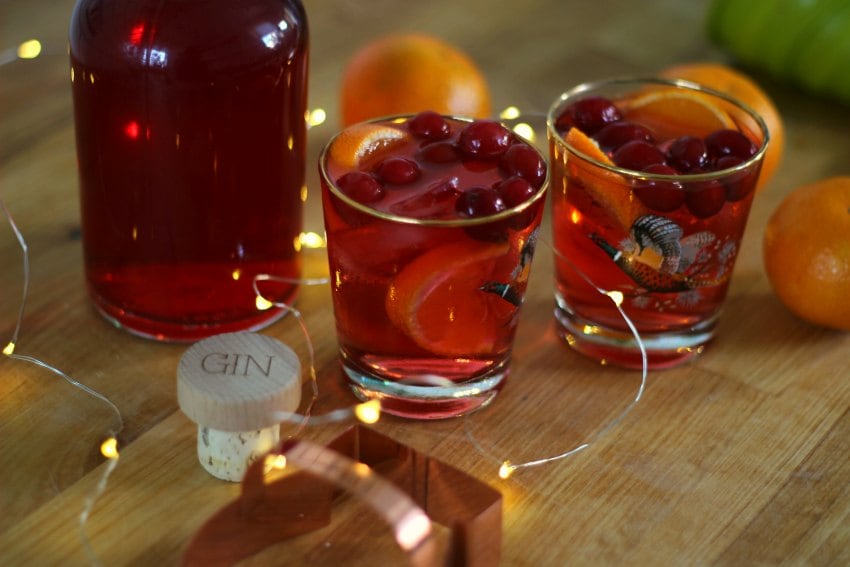
You can prepare this now so that it is ready for Christmas. It would make such a lovely homemade and edible gift idea for any gin lover. Or you could just keep it for yourself – your call!
The very best bit is that the recipe has a skill level of precisely zero. If you can add some berries to some gin then you can make this Christmas gin recipe! Aka, my favourite kind of recipe!
Table Of Contents
- Cranberry And Orange Infused Christmas Gin Recipe
- A Note On The Ingredients Used
- A Note On The Method
Cranberry And Orange Infused Christmas Gin Recipe
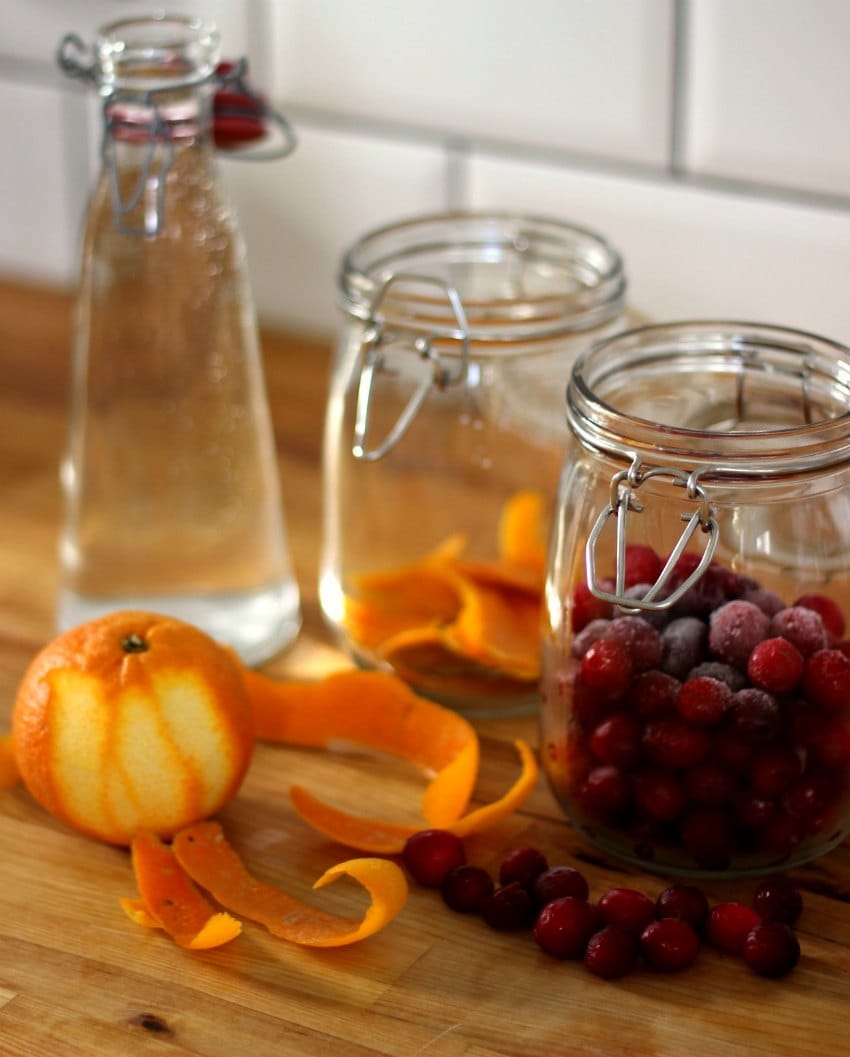
Here is the full list of ingredients and the directions to make this tasty infused gin:
Ingredients
- 1 cup of fresh or frozen cranberries (see notes below)
- 500 ml gin
- The peel of two oranges (ensuring as little pith is on the peel as possible, otherwise it can make the gin taste bitter)
- 1/4 cup granulated sugar (for later)
Equipment Required
- Large sealed jar, sterilised (see my guide on how to sterilise glass jars)
- A sieve
- A piece of muslin
- Measuring jug or bowl.
- A pan
- A funnel (optional)
- A sterilised bottle. You can reuse an old gin bottle, just make sure the lid still secures firmly.
Method
- Place the fresh or frozen cranberries and the peel of the oranges into your sterilised jar.
- Pour over the gin, and seal the jar tightly.
- Place the sealed jar in a cool dark place for at least 3 weeks, shaking every three or four days. The gin will take on a stronger cranberry and orange flavour the longer you leave the fruit in. So, if you prefer a stronger flavour then leave the fruit in for longer.
- After at least three weeks, you can strain the gin off through a muslin-lined sieve into a measuring jug or bowl.
- Put the gin to the side for a minute.
- Add 1/4 cup sugar and 1/4 cup water to a pan. Dissolve the sugar and water over a low heat.
- Once dissolved, add a little bit of the sugary water at a time to the gin, tasting it as you go, until you have the desired sweetness.
- Finally, mix well and decant into a sterilised bottle. Your cranberry and orange-infused Christmas gin is ready for drinking or gifting. Provided the gin has been properly strained, sealed well, and stored in a cool dark spot, then it should keep for one year.
A Note On The Ingredients Used
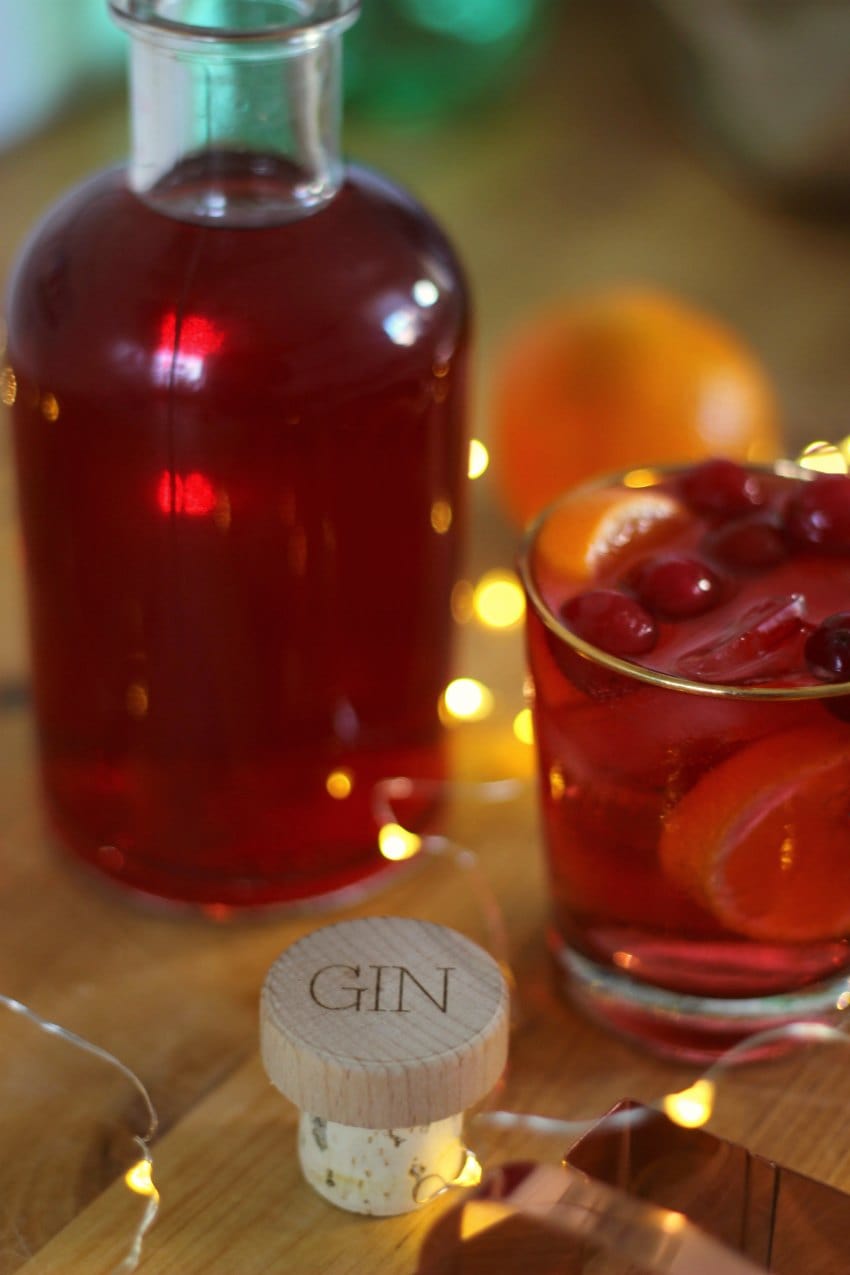
At this time of year, you can easily buy fresh cranberries in many supermarkets. If you can’t find fresh ones then I’ve found that frozen ones work just as well.
I’ve used frozen cranberries because I picked them up really cheap in January (like 50p a big bag cheap!). However, even now the frozen ones are relatively inexpensive. The good thing is there is no need to defrost frozen cranberries before using them. And in case you are worried, there really is no difference in flavour.
Gin-wise, I wouldn’t buy the cheapest gin in the shop. Buy a bottle that costs £2 or £3 more for this recipe, rather than the cheapest own-brand gin, and you’ll get a better-tasting Christmas gin. Don’t go wild and buy a really expensive gin though. You’ll lose the lovely subtle flavours of your fancier gin. It’s a fine balance. I opted for Gordon’s Gin if that helps, and it made for a lovely-tasting Cranberry and Orange gin.
A Note On The Method
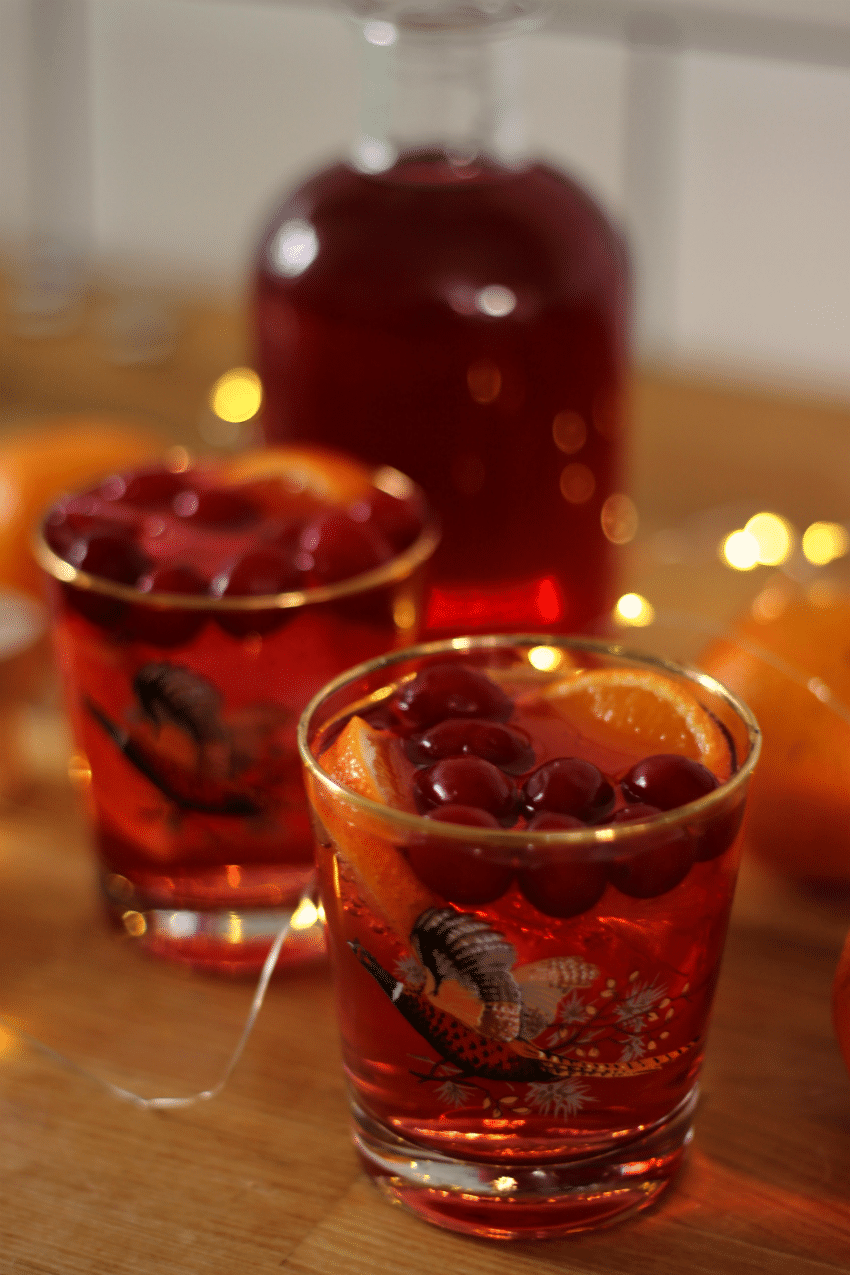
I have taken advice from Sipsmiths (as they know a thing or two about gin) and utilised its sloe gin-making tips. Here Sipsmiths advises adding the sugar at the end of the infusion process rather than at the start.
It says “Contrary to popular belief, there is very little point in adding sugar at the outset. Saturating the spirit with sugar prevents it from extracting the natural fruit sugars – and other flavours – from the [fruit]“.
Having made infused gins in the past where I’ve added the sugar at the same time as the fruit, I have to say I completely agree with Sipsmiths. By adding the sugar at the end also means you can control the sweetness more accurately.
Found this post useful? Please consider buying me a virtual coffee to help support the site’s running costs.


